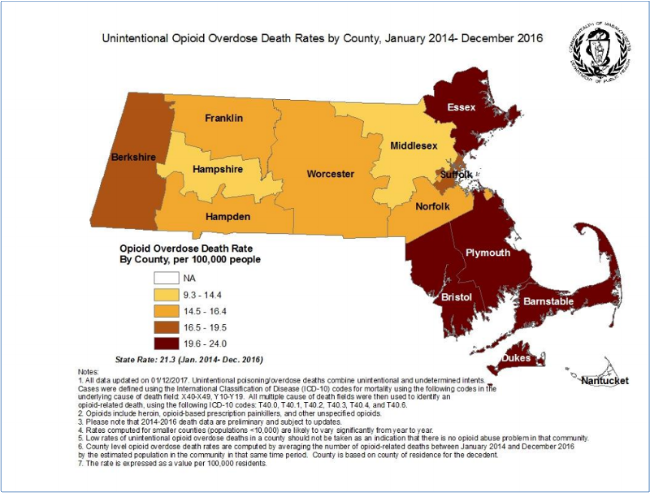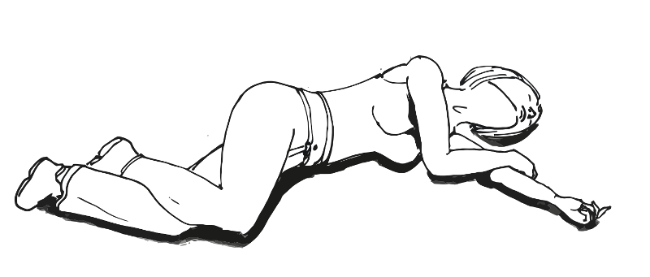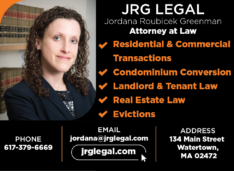Save a Life: Talk to your Tenants About Naloxone (Narcan)
| . Posted in advice, Did you know?, News - 1 Comment
Naloxone (brand name “Narcan”) is a cheap over-the-counter drug that should be a part of every household first aid kit. If it was already in every household, it might have saved over ten thousand Massachusetts lives that have been lost.

The Department of Public Health first started tracking the opioid epidemic in 2000. Since then, 13,540 Massachusetts residents have accidentally overdosed from heroin, painkillers, or similar products. The annual death rate has increased to the point where drug overdoses are now a “top ten” killer. Overdose ranks above septicemia, diabetes, kidney disease, and flu. Opiates are tied with Alzheimer’s on the CDC’s 2014 “leading causes of death” for Massachusetts (if reviewing the CDC data for yourself, look at all the tables, for some reason drug overdose isn’t listed where it should be).
When recognized, overdoses can be immediately corrected by the simple act of spritzing naloxone into the unconscious person’s nose. Rescue breaths should also be administered until the ambulance arrives. These can be given without risk of cooties by the use of a breathing barrier, available on Amazon for $6.
Why Are Opioid related Deaths So Common?
No one expects their friend or family member to be using or to overdose. But opioids are highly addictive, their concentrations are unregulated, and the prevalence of synthetics like fentanyl makes the experience ten times stronger than opium. Just a little too much and disaster will strike, as it has struck so many times already.
How Opioids Work
Opioids bind to receptors in the brain. This blocks the transmission of pain signals, but also decreases breathing. Naloxone immediately flushes the opioids out of the receptors. This leads to intense short-term pain, but also increased breathing. Until the naloxone is processed out of the body, usually 20 minutes, the opioids cannot re-attach to the brain. Naloxone must be administered regularly until the body has processed the opioids out of your system.
Where to Buy Naloxone
Naloxone or Narcan is supposed to be available for a $10 copay if you are on MassHealth or have no insurance. Private insurance is supposed to cost up to $45.
MassLandlords tested a CVS/Pharmacy in Worcester and was quoted $119 for no insurance. If you experience something similar, notify the Department of Public Health at 1-800-327-5050.

Leave an unconscious person in this position to prevent them from rolling onto their back, vomiting partially, and drowning.
The Emergency Procedure
Every household where someone may be using opioids should have naloxone on-hand and should understand the following emergency procedure. This procedure can also be taught in-person at your local center, for example, the Cambridge Needle Exchange and Overdose Prevention Program, which contributed to this article.
1.) If someone is lying unconscious, try to wake them. If they cannot be roused, check their fingernails and lips for signs of blue or gray. Check their breathing for “sipping” or “gurgling,” with no apparent exhale.
When blood has not been oxygenated, white people will initially turn blue, black people will initially turn gray/ashen, and everyone will turn crimson or purple after 10-15 minutes.
2.) Call 911 immediately. Ask them to send an ambulance, but do not provide additional detail. (Drug overdoses are so common, first responders may treat them as routine. Response times may be slower!)
3.) Using the breathing barrier, administer strong, quick rescue breaths to force air into the person’s lungs.
4.) Assemble the naloxone sprayer and administer one spray in one nostril.
5.) Continue rescue breaths. If you are successful, after five minutes of rescue breaths the person’s lips and fingernails will change from blue/gray to red. If they do not, administer a second spray of naloxone into the person’s second nostril and continue rescue breathing.
6.) Once you have restored normal color, place the person on their side with one arm and leg bent. Do not let them roll onto their back. Expect them to vomit and to be in extreme pain. Do not leave them. Massachusetts’ good Samaritan law protects you even if you were also using, provided you did not sell the person the drug.
Additional doses of naloxone may be required, depending on the amount of opioids in the person’s system.
What if I Was Participating?
If you are using or carrying an illegal drug, and you call 911 to help yourself or a friend who is overdosing, you cannot be charged for possessing that illegal drug. This is a key part of the Massachusetts Good Samaritan law. You might still be arrested but you will be released without charges.
Note that the Good Samaritan law does not protect you from possession charges before or after, trafficking charges, or outstanding warrants. If you call 911 to help yourself or a friend and you are a distributor or have other outstanding warrants, you can still be arrested and/or charged. Overdosing is not “get out of jail free” for past offenses.
Please always call 911 if you see an overdose. You do not have to stay on the phone or stay with the person. If you do stay with the person and the police officer sees you with opiates, you will not be charged. If you leave, just put the person in recovery position (see above).
How to Talk to Your Tenants
Share this article with your tenants. If you distribute a newsletter yourself, feel free to adapt the sections above to fit your newsletter. You could also buy your tenants Naloxone at any pharmacy and give it to them when you collect the rent. You should take particular care if your properties are north shore, south shore, or the cape and islands. These areas are being hit the hardest.
If you are a commercial landlord or if you run a rooming house with public or shared bathrooms, have someone check these facilities regularly. Many fatal overdoses happen in the bathroom.
Spread the word, and hopefully the opioid epidemic will never impact you or yours.




